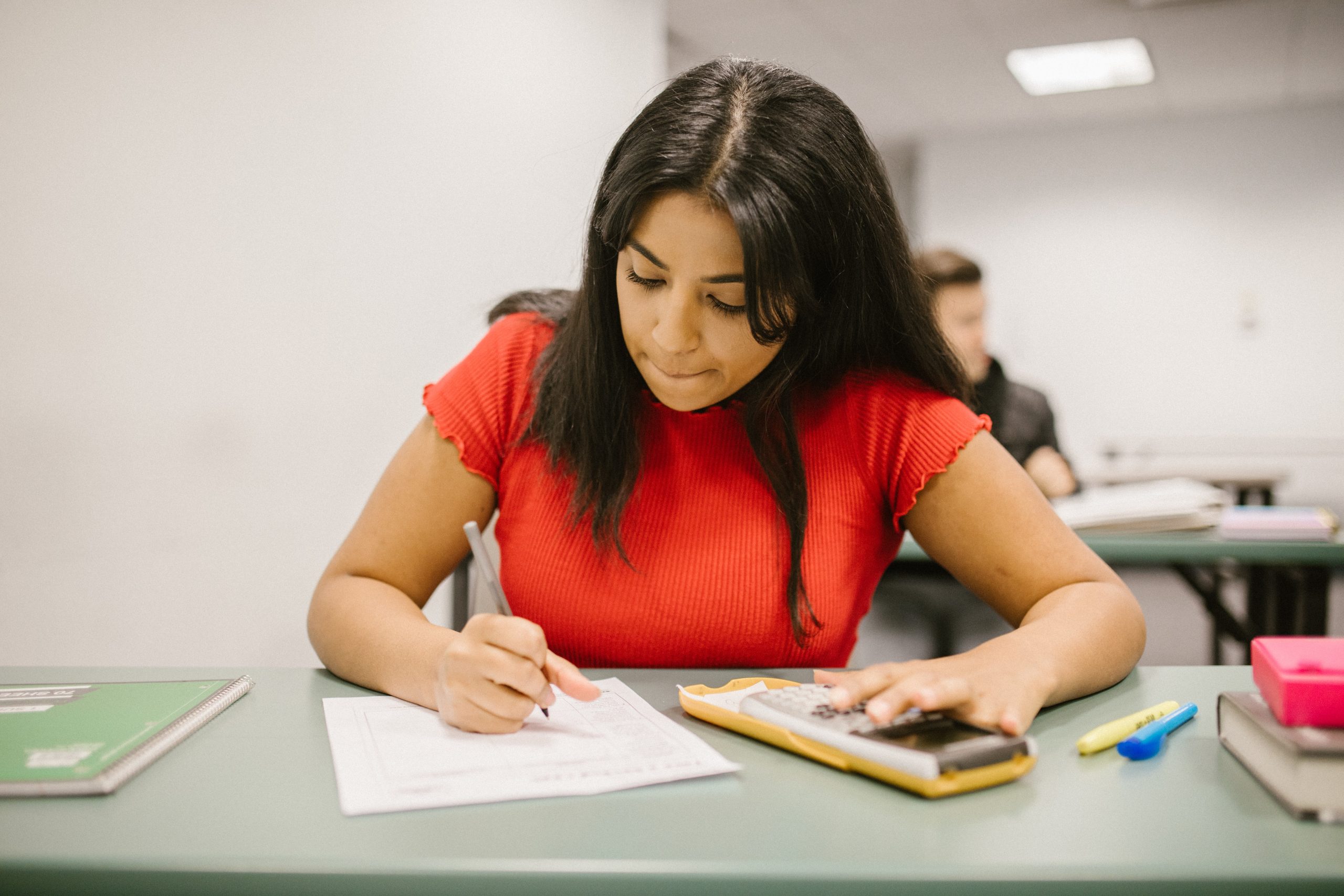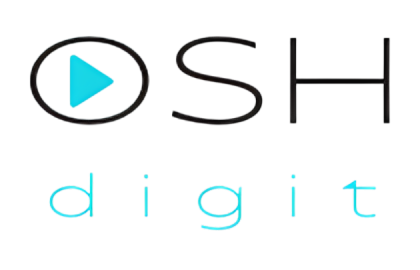Your cart is currently empty!
16. Presupposition Skills Development

The skills that should be developed by the students through the development of this project are illustrated in the following image:

Essentially, it is intended that students can acquire knowledge from the different areas involved but furthermore that they can establish a relationship between the concepts and the subjects of all the curricular units.
Cross Skills
Working in a team and in the context of a project can constitute a differentiated view and a unique opportunity for personal growth. Besides the capacity to develop singular skills, in this kind of learning approach, it is possible to develop transversal skills through the multidisciplinary perspective – one of the most important goals obtained from this educational methodology. The goals of this project centred on the maturing of consecutive transversal skills:
Competencies of Project Management:
- Capacity of research;
- Capacity of decision;
- Capacity of the organization;
- Time management.
Competencies of Personal Development:
- Creativity;
- Originality;
- Critical Spirit;
- Self-evaluation;
- Self-regulation.
Competencies of teamwork:
- Autonomy;
- Initiative;
- Responsibility;
- Leadership;
- Problem-solver;
- Interpersonal relationship;
- Motivation;
- Conflict Management.
Competencies of Communication:
- Written communication;
- Oral communication;
- Public presentation capacity.
Skills for OSH
For this project, students may be capable of:
- Work as a team, using simple tools (technological or rudimentary) applying the concepts of leadership, evaluating each other’s works, expressing a singular opinion, and constructing posteriorly a written and oral solid work;
- Be capable of fomenting the effective and efficient development of an industrial system or a service where the techniques and methodologies are all included through a multidisciplinary approach.
Specific Skills of each curricular discipline
Ergonomics II
- Understand work physiology and the concepts of workload and its quantification;
- Comprehend the applied biomechanics and the consequent work posture, being able to Assessment the consequent posture adopt;
- Risk assessment and identification associated with performing manual load handling activities, (ergonomic aspects and considerations related to the physical work environment);
- Lighting and Visual Ergonomics.
Hygiene II
- Identify the different fields included in Occupational Hygiene;
- Identify Ionising radiation (quantification, effects, prevention, and control);
- Identify and categorize chemical contaminants (quantification, effects, prevention, and control);
- Identify Biological risks (classification, prevention, and control);
- Apply, in a practical situation, the Techniques of Sampling and Laboratory Analysis;
- Enunciate applicable Legislation.
Safety II
- Analyse the Statistics Index and Accident Rates;
- Identify the systems and their needs related to systems of security and safety at work and their own operationalization;
- Implement Emergency Planning and Risk Assessment methods;
- Implement Machine Safety Procedures;
- Identify the need for Personal Protection Equipment.
Analysis and Study of Work
- Study of Work – concept and their importance;
- Application of techniques related to the study of the work: methods study and measure of the work;
- Be aware of the Importance of the human factor in the study of the Work;
- Standard Time (ST)- importance and application on the laboral tasks;
- Be able to manipulate distinct techniques of measuring the work;
- Judge the laboral activity and apply the normalization times concept;
- Application of 2 techniques to measure the work: timing and sampling systems;
- Work Analyses: Be able to distinguish and separate the concept of task and activity.
Methods and Techniques of Analysis in Ergonomics
- Conception of workstation: evaluation and adaptation of the knowledge to the better conception of the workstation;
- Evaluation and Characterization of the risk associated with manual manipulation activities and the repetitive nature related to them;
- Ergonomics Analysis of the Workstation: methodologies and objectives applied to dissimilar workstations and application of them in an industrial context;
- Principal approaches in ergonomic interventions;
- Application in the “design” of the system and examples of Ergonomic context application.
Statistic applied to OSH
In this discipline is important in a primordial phase that students can apply the subjects using the traditional approach (calculating manually) and then be able to do the analysis in statistic software (ex.:SPSS).
- Basic concepts and their application on statistics basic interaction (Population, Sample, type of data and scale of measurements);
- Descriptive Statistic;
- Confidence Intervals;
- Hypothesis Test;
- Statistical analyses of categorical data;
- Non-parametric inference;
- Correlation and Regression.
-
10. Index

Students Construction of the coordination team of the project The role of the Tutor Description of the Project Presupposition Skills Development Timing Organization Evaluation Peer Assessment Self-reflection to collect student´s feedback about evaluation Resources Bibliography
-
11. Introduction

The OSHDigit project is an innovative and contemporaneous vision of the learning process and because of that the main objective is the introduction of new methodologies of teaching/learning. This learning concept fits into the teaching-learning model of active or cooperative learning (Lima et al., 2007). With the objective is developing new and refreshing methods of…
-
12. Students

This project includes Occupational Safety and Health students who want to acquire knowledge of the different programmatic contents. It is essential to connect with the team to accompany all development systematically. Having a remote connection and physical availability is imperative because some of the activities can also stimulate the interaction between digital and real realities.…
-
13. Project coordination team

The coordination team is composed of the teachers of the curricular units involved in this project, and that can give support to its development. That involves the tutors related to the different teams, the course director, and sometimes researchers from the educational area. The professors’ essential contribution is giving technical support to achieve the competencies…
-
14. The role of the Tutor

The role played by the tutor is very determinant in the performance of the team because the tutor is responsible for the stimulation of interest and for more detailed and profound research carried out during the learning process. The tutor verifies the capacities development defined by the Project Guide and the presentation of the final…
-
15. Description of the Project

The project developed in this scope does not have a singular answer. The requisite is to be challenging and constructive for the teams involved, and for all individuals. The students need to develop and demonstrate the skills obtained through the different curricular units athwart the project. Topic Usually, the topic is suggested by the university…
-
16. Presupposition Skills Development

The skills that should be developed by the students through the development of this project are illustrated in the following image: Essentially, it is intended that students can acquire knowledge from the different areas involved but furthermore that they can establish a relationship between the concepts and the subjects of all the curricular units. Cross…
-
17. Timing Organization

Organization of the first/second week- pilot project Time organisation becomes crucial to achieve the targets and positively evaluating the control points (see control points below). As such, an initial organization of the project must be presented in the beginning, which will work as a guideline that can be applied in the primordial phase (1st week)…
-
18. Evaluation

The final punctuation/score of the student is dependent on the methodology adopted by the different disciplines involved. This can depend on multiple and distributed moments of evaluation like tests, team papers, class participation, etc. This should be designed by the teachers and communicated to the students during the initial moments of each curricular unit. The…
-
19. Peer Assessment

Involving students in evaluation can be beneficial for the learning process. Falchikov (1995) defines peer assessment as an evaluative process through which teams of individuals rate their peers/mates. This assessment practice uses rating instruments or checklists designated to fill teams’ particular needs (Dochy et al., 1999). However, students and teachers still feel insecure about this…
